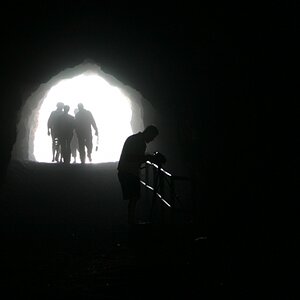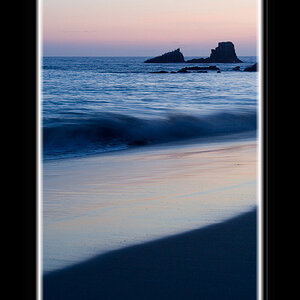Alpaca
TPF Noob!
- Joined
- Jun 16, 2015
- Messages
- 4
- Reaction score
- 0
- Can others edit my Photos
- Photos NOT OK to edit
Hey everyone, I just purchased a Sigma 24mm f/1.4 Art and I found out it doesn't focus on infinity well. When I turn the focus ring all the way to infinity, the focus actually lies beyond that. Is there any way to fix this?
I thought the Sigma USB Dock might be able to fix it, but I can't really find a solid answer anywhere. I really love the lens so far so it'd be a shame to return it because of this. Any thoughts? Thanks in advance anyone!
I thought the Sigma USB Dock might be able to fix it, but I can't really find a solid answer anywhere. I really love the lens so far so it'd be a shame to return it because of this. Any thoughts? Thanks in advance anyone!






![[No title]](/data/xfmg/thumbnail/37/37245-5f15b292311b21913f10cc41f40682ba.jpg?1619737952)


![[No title]](/data/xfmg/thumbnail/32/32984-d9969dc997f82365b4d1f097cb5838c3.jpg?1619735814)



